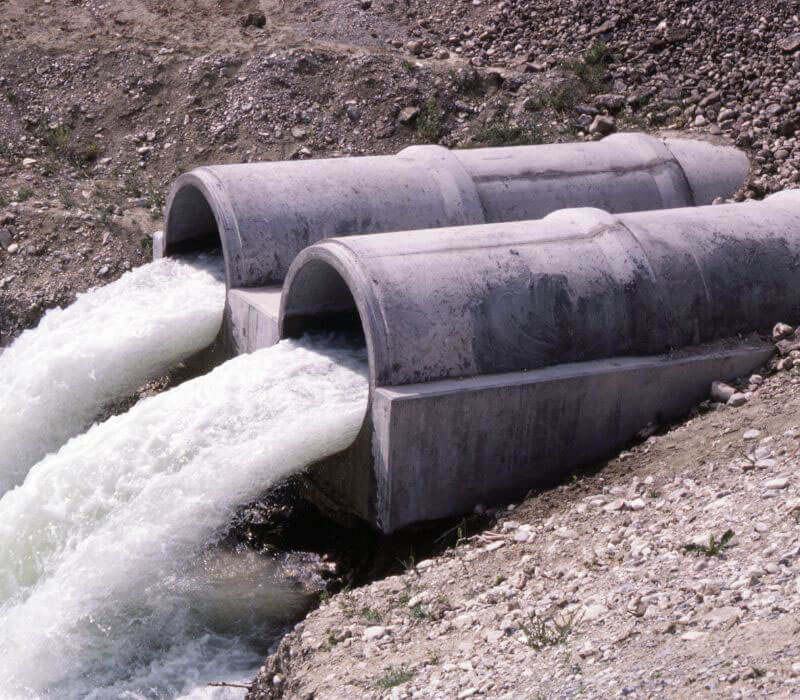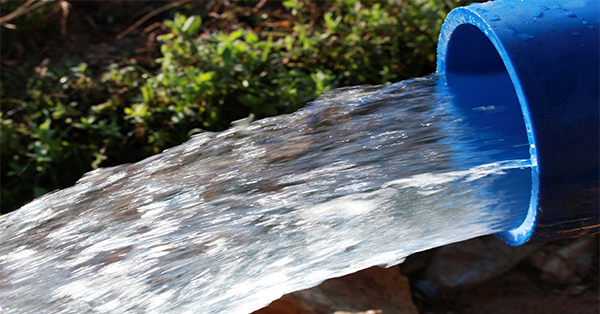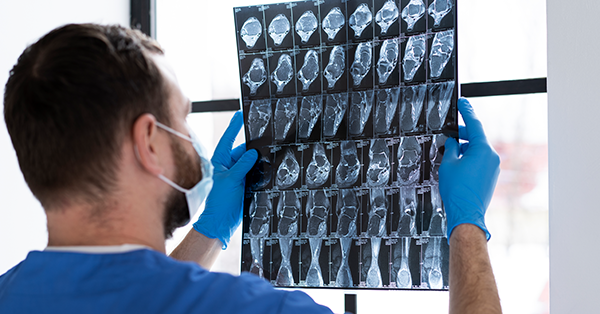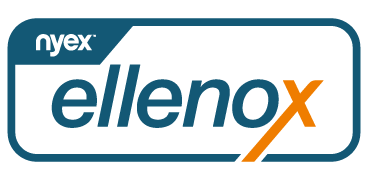The removal of all pharmaceutical products including Iomeprol, from wastewater is crucial for protecting public health and the environment.
The presence of pharmaceuticals in wastewater can contribute to the development of Antimicrobial Resistance (AMR) posing a significant threat to global health.
Effective removal of pharmaceuticals is also essential to safeguard aquatic ecosystems and ensure safe drinking water for the future.
At Arvia Technology we stand at the forefront of wastewater treatment innovation, offering advanced solutions like the Nyex™ systems to address the challenges posed by pharmaceutical contaminants.
By prioritising the removal of pollutants like Iomeprol, we can protect our water resources and promote a healthier environment for future generations.






